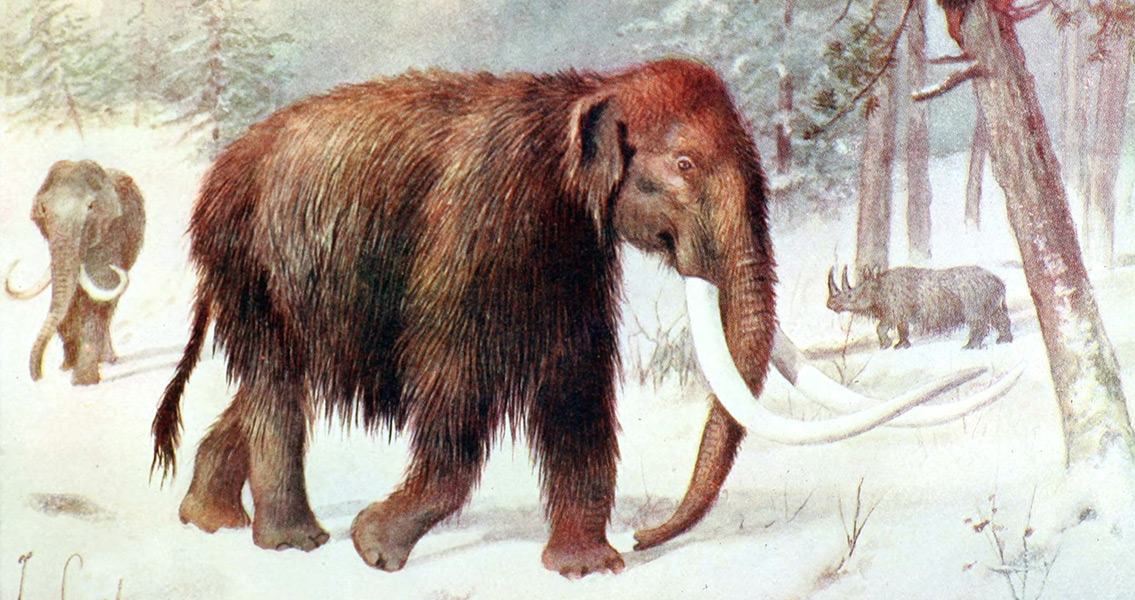<![CDATA[Analysis of the remains of a mammoth discovered in 2012 just 1,250 miles from the North Pole has revealed it was slain by human hands 45,000 years in the past. The extreme age of the remains – and the fact that they bear the telltale marks of being killed by human hunters using crude spears – has turned the archaeological community on its ear, as scientists had previously put the earliest date for human habitation within the Arctic a full 10,000 years later. The evidence suggests that even at such an incredibly early date humanity was braving the most extreme of global environments, demonstrating the ability to adapt to nearly any region of the prehistoric world during their nomadic travels. Prevailing wisdom for human hunting efforts near the Arctic is that the first big game hunters had steered clear until around 12,500 years in the past, as researchers have dated stone tools strewn across the region to that date. These hardy human hunters, especially equipped for the blasting cold, have been traced across the Bering Strait and Siberia to anywhere between 15,000 to 18,500 years ago, with the timeline depending on differing research studies. However, a 2004 research survey pushed this date back to 35,000 years in the past after carcasses of animals such as reindeer, wooly rhinos and wooly mammoths were discovered butchered by tools made from stone and bone. Now, the discovery of the mammoth carcass in 2012 – one of the most well-preserved of its kind – has pushed this date back another ten millennia. The mammoth, which has been named “Zhenya” after the nickname of the 12 year old Russian boy who first stumbled upon the remains, was cut from the ice in a solid block and transported by air to the zoological institute at St. Petersburg’s Russian Academy of Sciences. In an interview with Science, research lead Alexei Tikhonov said he was reminded of hunting practices employed by modern humans after examining the mammoth’s wounds and how it was butchered after it had been slain. Vladimir Pitulko, a colleague of Tikhonov at the Russian Academy of Sciences and the lead author of the research study, called the telltale marks “unequivocal evidence” that humans were involved in the death of Zhenya. The date of the carcass has been confirmed both with sediment layer dating and radiocarbon dating. Muscle tissue, hair, and collagen taken from the tibia bone of the mammoth all confirm an age of 45,000 years, while the sediment layer directly above the carcass indicates an age of at least 40,000 years old. Taken together, the evidence has led the scientists to suggest that the mammoth was likely to have lived between 42,000 and 44,000 years ago, according to Pitulko. The research study, which was recently published in the journal Science, can be found here ]]>
Arctic Mammoth Killed By Humans 45,000 Years Ago
